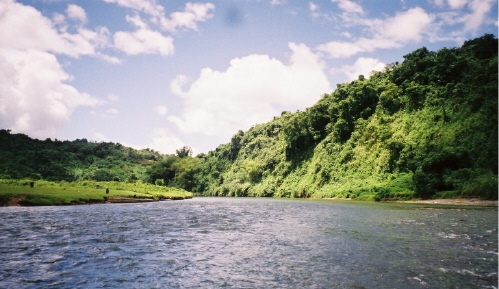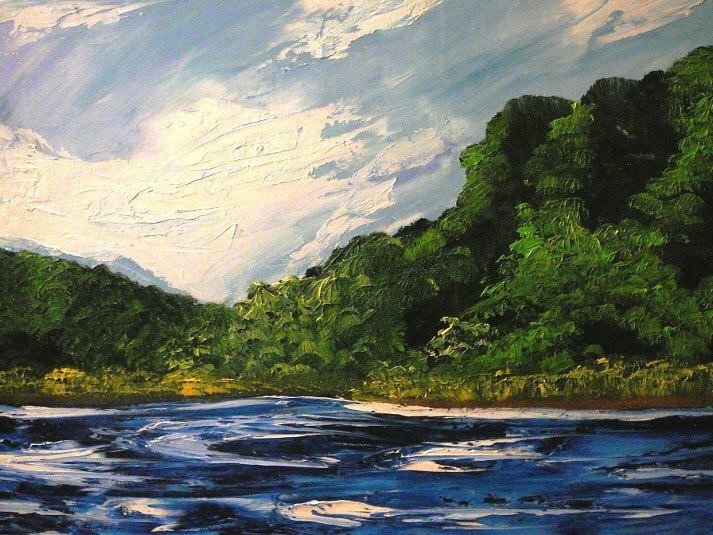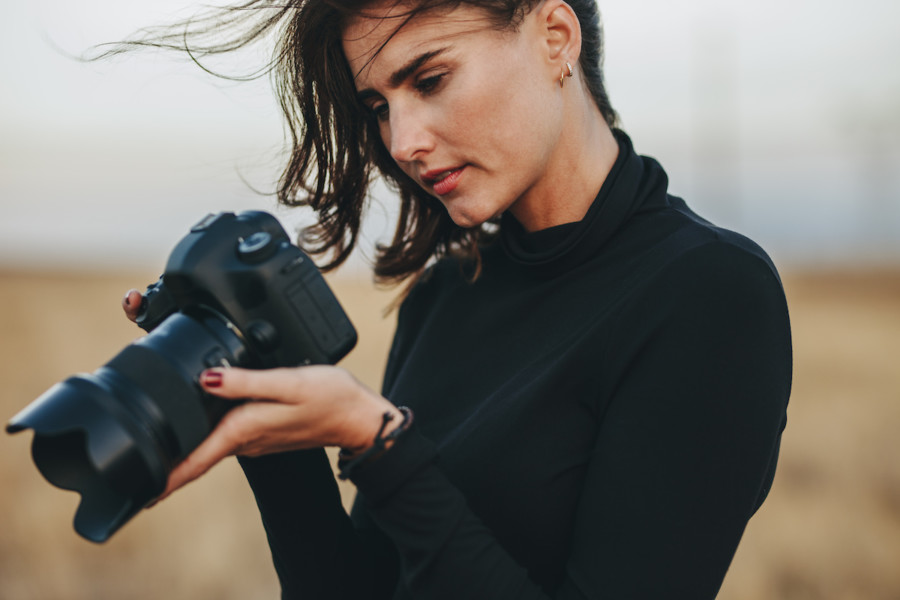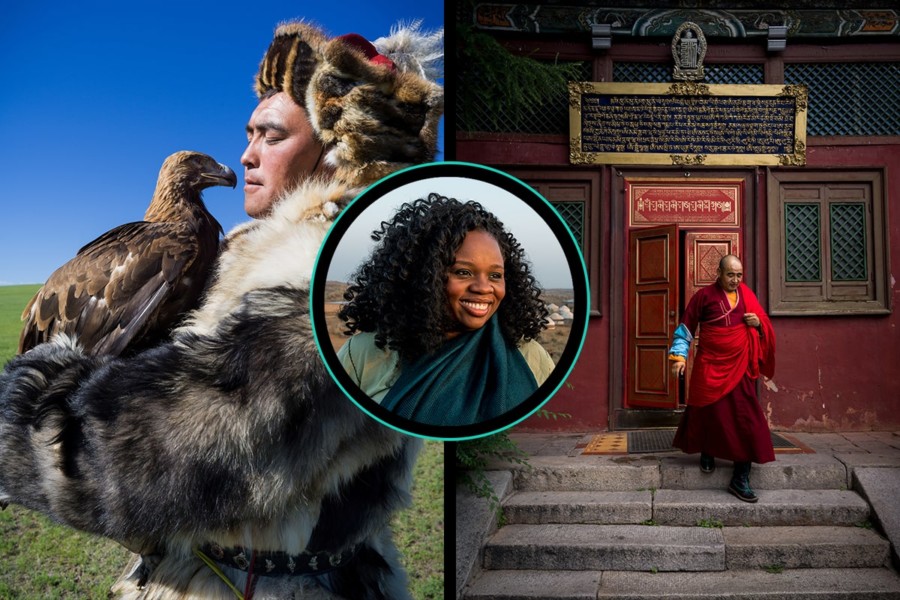Share
Nigerian-Born Lọlá Ákínmádé Åkerström Is Exactly What Contemporary Travel Photography Needs
Lọlá Ákínmádé Åkerström has been a PhotoShelter member since 2013 but a champion for travel photography and writing for much longer. A Sto...
Lọlá Ákínmádé Åkerström has been a PhotoShelter member since 2013 but a champion for travel photography and writing for much longer. A Stockholm-based photographer and author, she’s taking over our Instagram this week to share moments from her travels across the globe. Known for her bright, high contrast images that perfectly capture the excitement of encountering new cultures, foods and terrains, she granted us a window into her experiences as a photographer of color in the travel photography world, the opportunity to pick her brain about her past experiences as an oil painter, the value of personal projects and so much more.
Check out our interview below and follow us on Instagram to see more of this week’s takeover.
What image are you most proud of in 2019? What’s the story behind it?
My favorite photo is a very simple and personal one. My daughter is fascinated by Japan and its culture. So, during the Easter break, I took her to Japan and we explored Tokyo and Nikko. While at Edo Wonderland, I captured this moment of curiosity when she was peeking into a traditional house while in a kimono. For me, it encapsulates the very reason I brought her there.
This photo is currently part of two exhibitions in Sweden right now through Galleri Duerr which represents my fine art photography in Sweden.
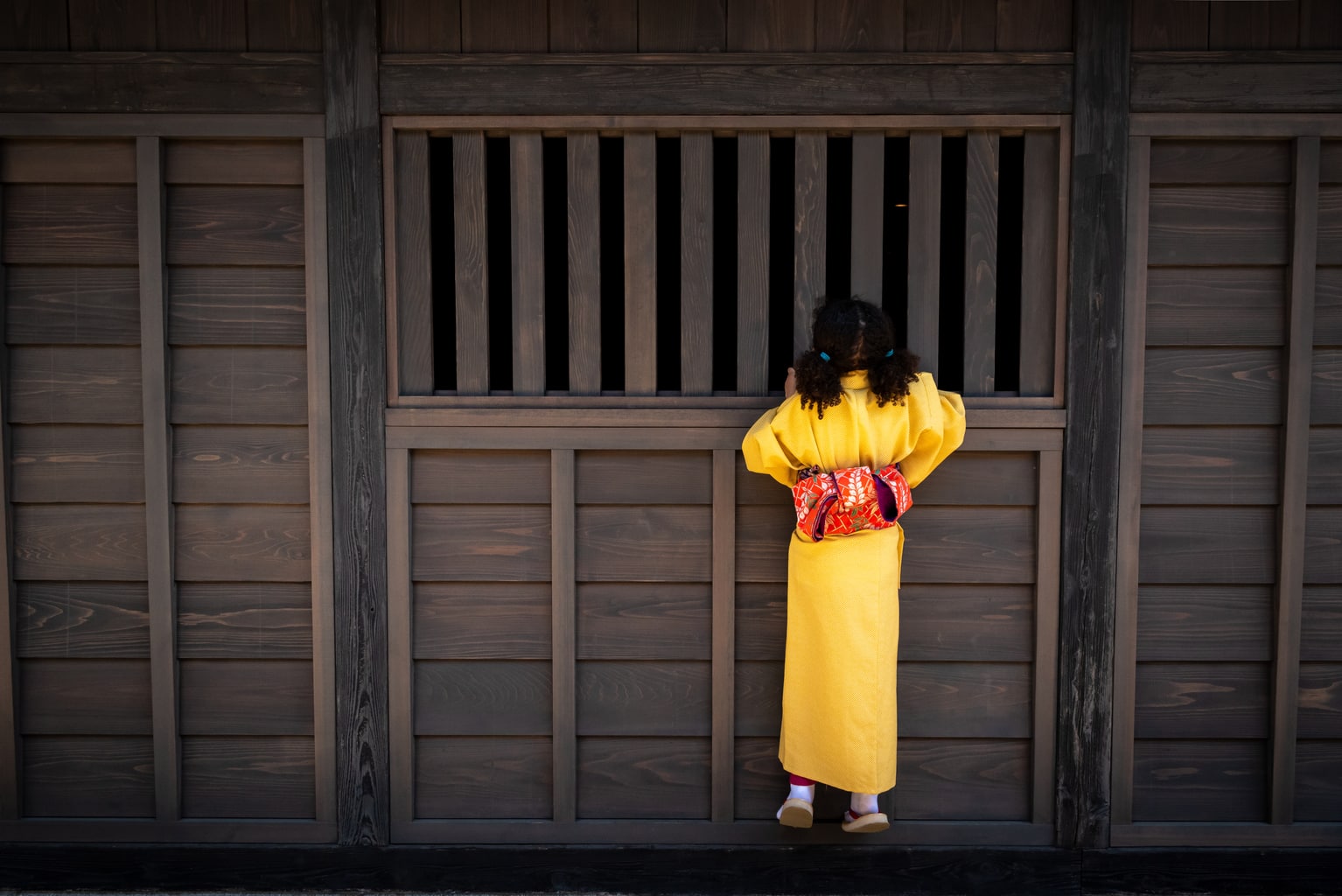
What drives you? Why are you passionate about photography and your particular niche?
For me, I love observing interactions and connections… from how light is interacting with the landscape in front of me to capturing that moment of awareness and connection in the eyes of my subjects. I especially love environmental portraits of people and capturing a sense of them and their personality as wholly as I can.
As a professional travel photographer of Nigerian descent, it is extremely vital for me to show the world through my own eyes; that my voice and way of capturing the world are valid and relevant on the mainstream level too. Sometimes people react and interact with me in a way that’s different from the traditional white male travel photographer, and I can capture those special interactions on camera. This diversifies the stories of places we visually tell.
I’ve worked with many high profile publications (National Geographic, BBC, CNN, Lonely Planet, to name a few), yet I still get “Did you shoot that?” questions while my white male colleagues are revered with no questions asked.

We read on your About page that you specialized in Geographic Information Systems (GIS) for 12+ years. How does that come in handy when you’re traveling for a shoot? Do you think you have an edge on other travel photographers because of it?
Spending years specializing in GIS means I am a very visual person and think spatially. I’m always looking at space and how to use and capture it in the most efficient way. I don’t think it necessarily gives me an edge. It just means I map out scenes differently based on my own visual eye. Having a background in GIS also means I’ve got a solid inner compass and I’m good with directions.
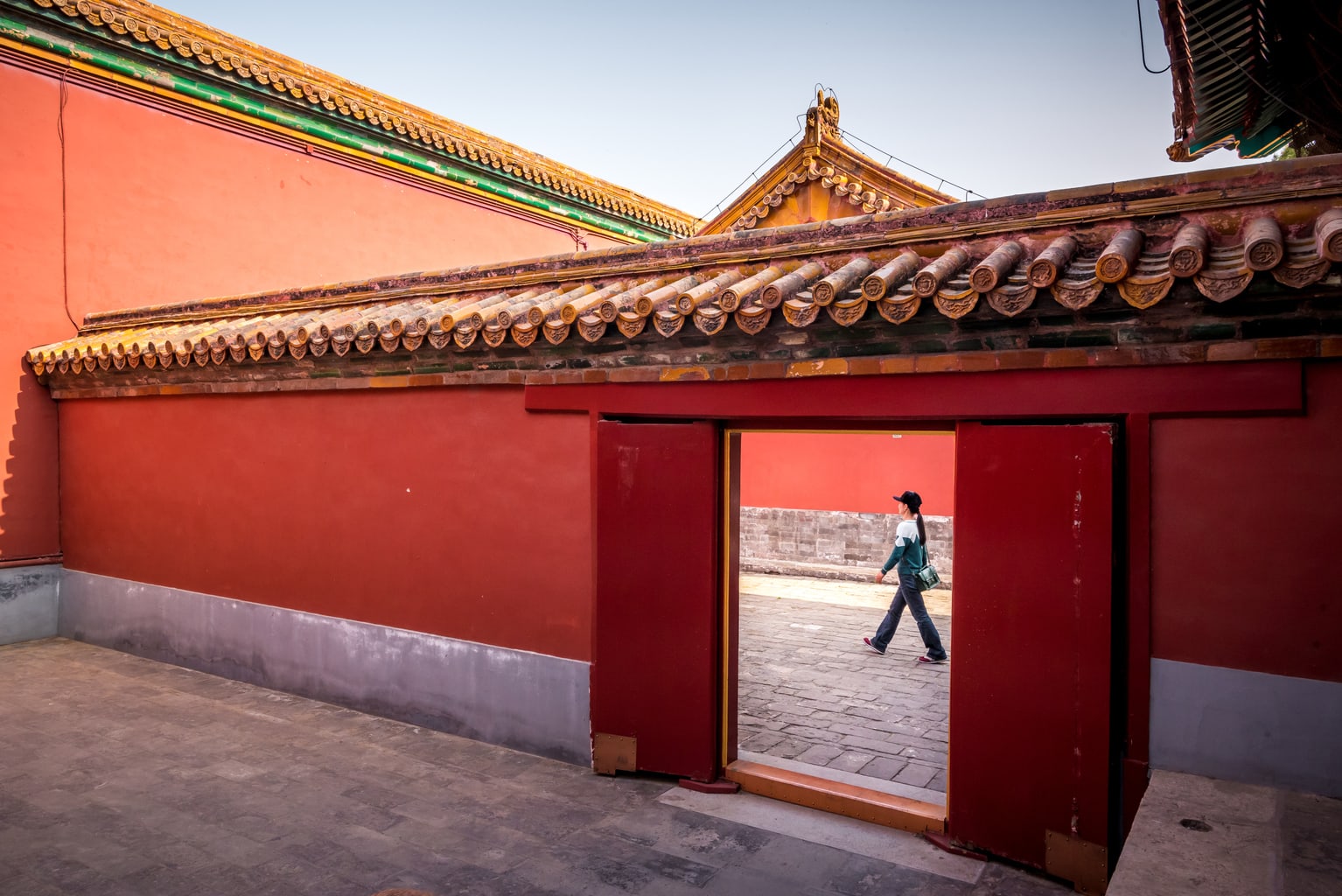
We love your personal projects, particularly Solitude. Can you tell us more about how that came about and how you’ve made time for personal projects while staying so busy with hired work?
There’s definitely a difference between loneliness and solitude. Solitude encompasses those quiet moments when we steal away to enjoy our own company. And you notice this in the body language of the subject that seeks solitude. That is what I want to capture through this project. That absolute moment of relaxation and reflection.
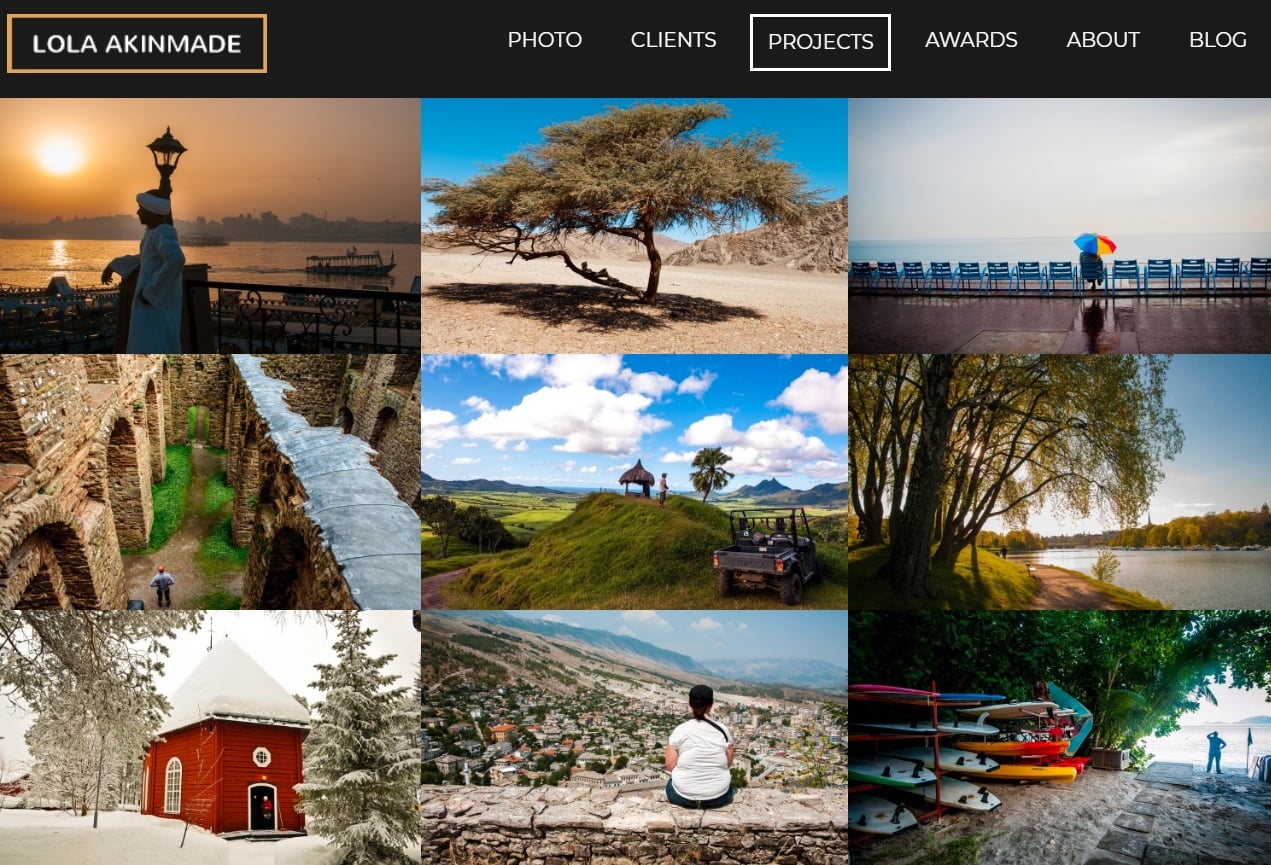
I wish I’d spent more time on personal projects earlier on in my career. Then I wouldn’t have wasted a lot of time doing hired work I really wasn’t passionate about and could have siphoned all that energy in getting grants for personal work.
“Authenticity” is a word that we hear quite often not only in photography but in branding and marketing. What does it mean to you? How do you seek to remain authentic with your audience?
It’s unfortunate that the word has lost its luster because to me, authenticity means vulnerability and fully accepting our messiness as well. “Authenticity” in branding today feels like someone who spends a lot of money on an outrageously expensive designer t-shirt that looks faded, well worn, and ripped so they can look flippantly casual. I personally don’t seek to remain authentic. I just live my life, put out work that I enjoy without expectations, and keep pushing forward without waiting for validation.
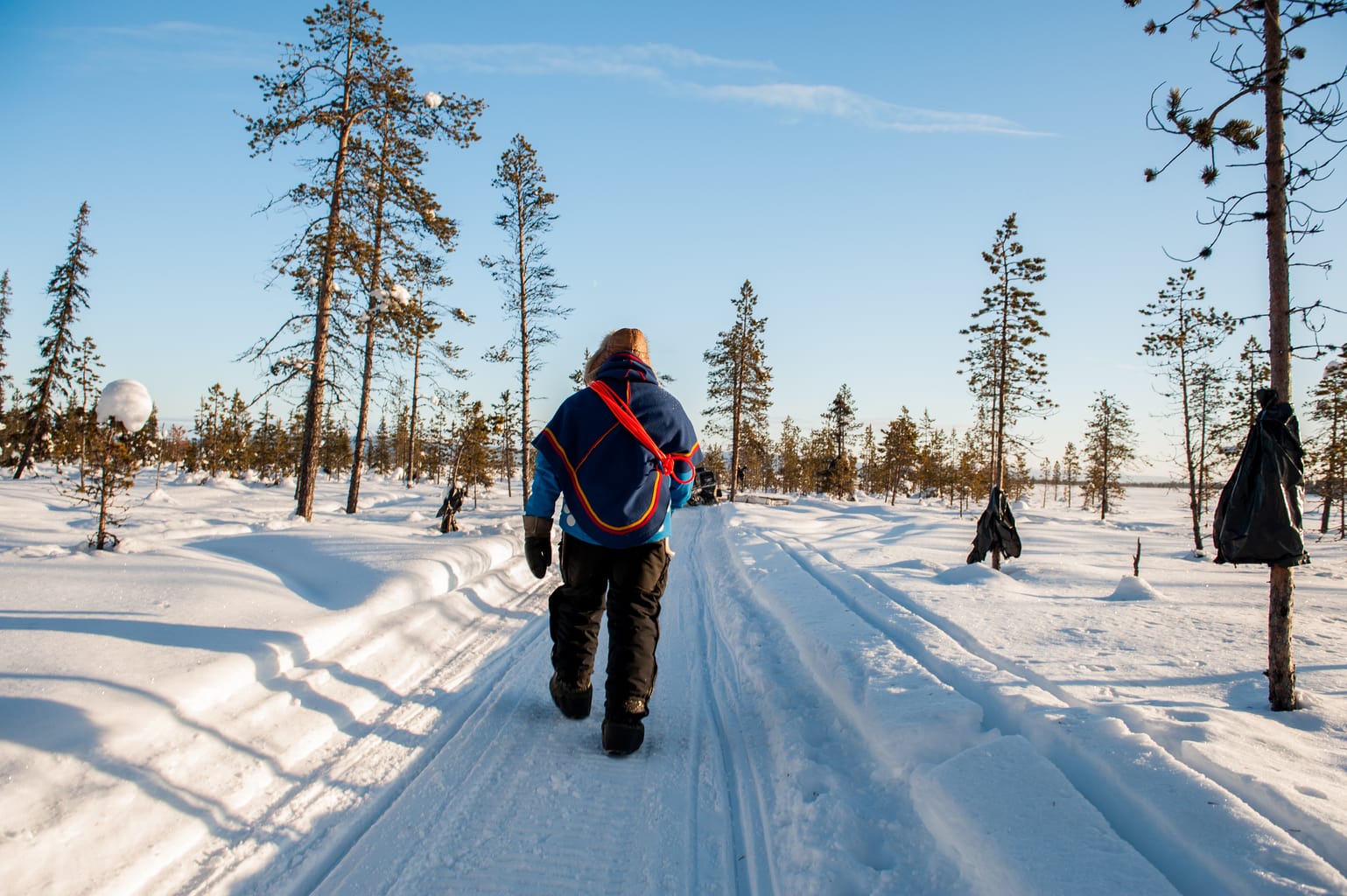
What’s your favorite thing about PhotoShelter? How do you incorporate us into your business and workflow?
I’ve been using PhotoShelter for years and the love has yet to wane. I am slowly building up my image bank on the platform so I can start selling directly through it soon. I have sold a lot of images where people have Googled and based on PhotoShelter’s excellent SEO, they have landed on my portfolio.
But my absolute favorite part of the system is that I could be in the middle of the jungle with spotty wi-fi, an editor can request a link to photos, and I can quickly customize a new gallery for them by adding existing images and sending a link.
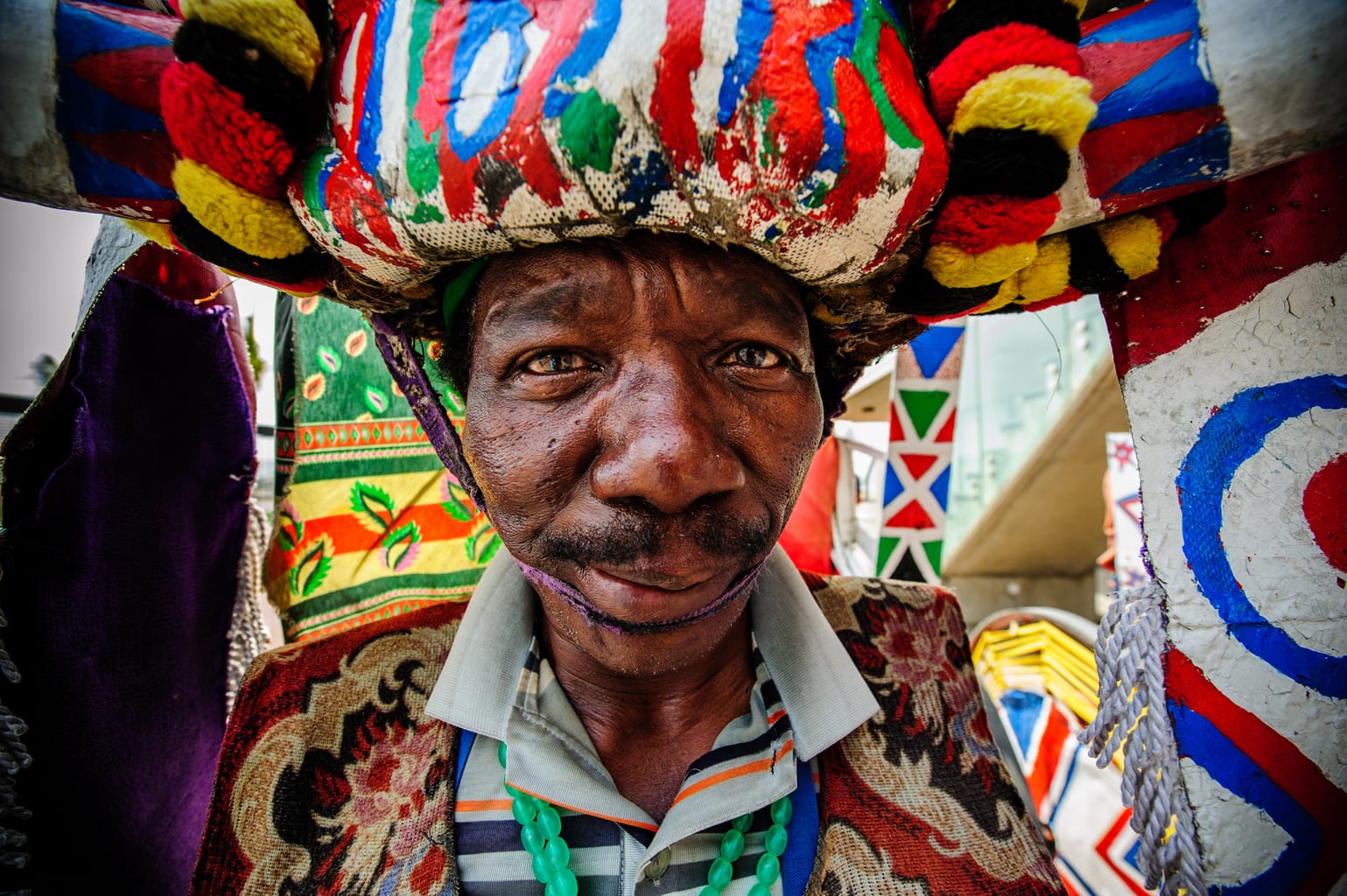
Could you send us a photo or two that you think represents your visual voice?
Here is an actual screenshot of my “visual voice” photos that I used in a presentation. I think clearly shows my style. I love vivid color and I love heavy dark contrast and this is due to my past as an oil painter.
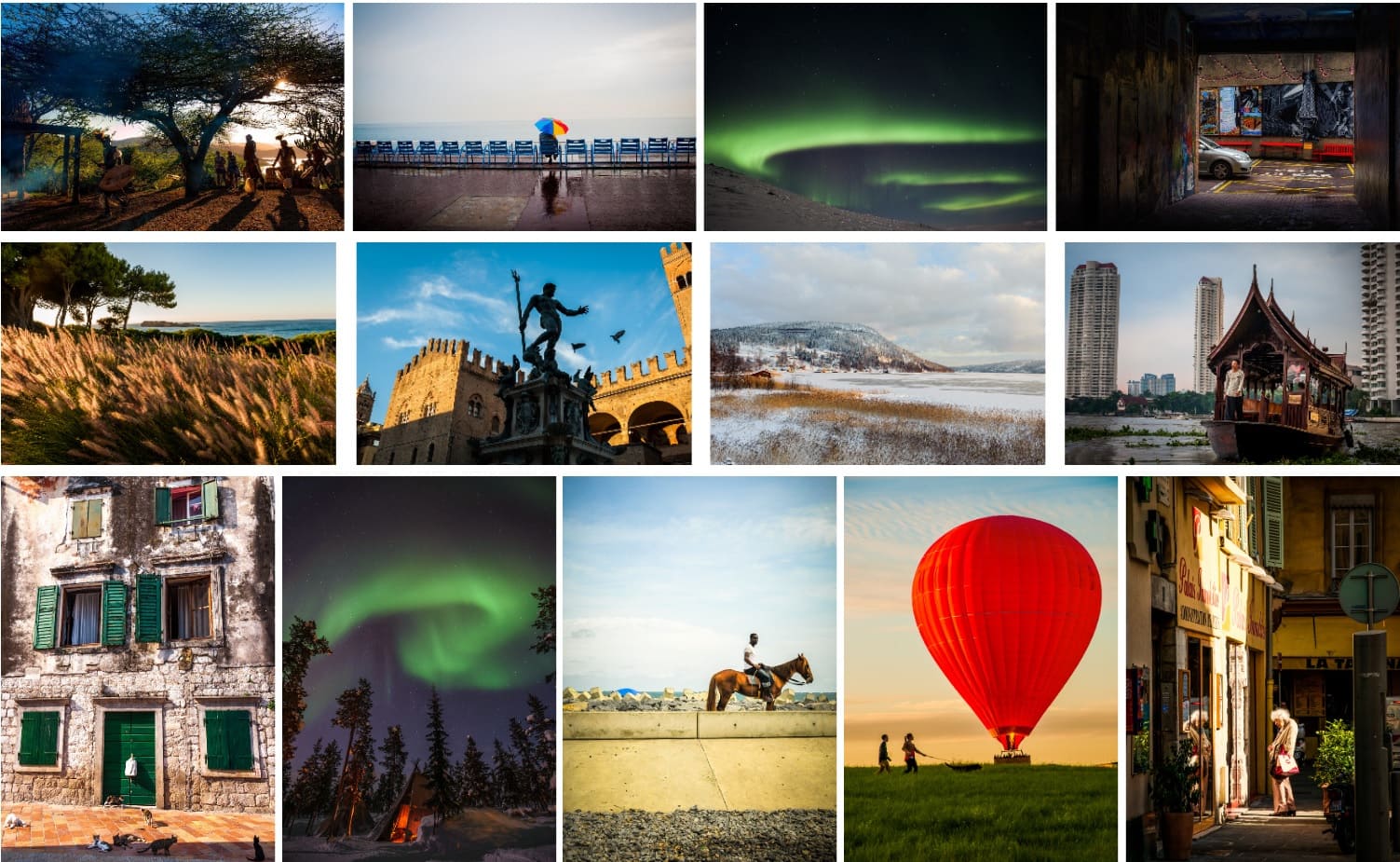
How did you get your start as a photographer? Any advice you would pass on to others who are just getting started?
I started out as an oil painter and used photography as a way of capturing scenes I wanted to paint once back. After a while, I realized my photography was strong enough to stand on its own and so I stopped painting and started exploring photography as my new medium of expression. Semblances of my past life as an oil painter can be seen in the way I edit my photos – very vivid with a lot of heavy contrasts.
My advice to photographers getting started is to start finding your visual voice as soon as you can. Meaning, your own style so that when people put a series of your photos together – regardless of if they are people shots or scenery, you can immediately see that the photography has a collective visual style.
There are thousands of amazing landscape photographers who have perfected technical settings to the point of not being able to differentiate whose photo of Patagonia is whose. I would rather have a less technically perfect shot with a clear visual style than a technically perfect shot and no visual voice.
That is how you stand out.
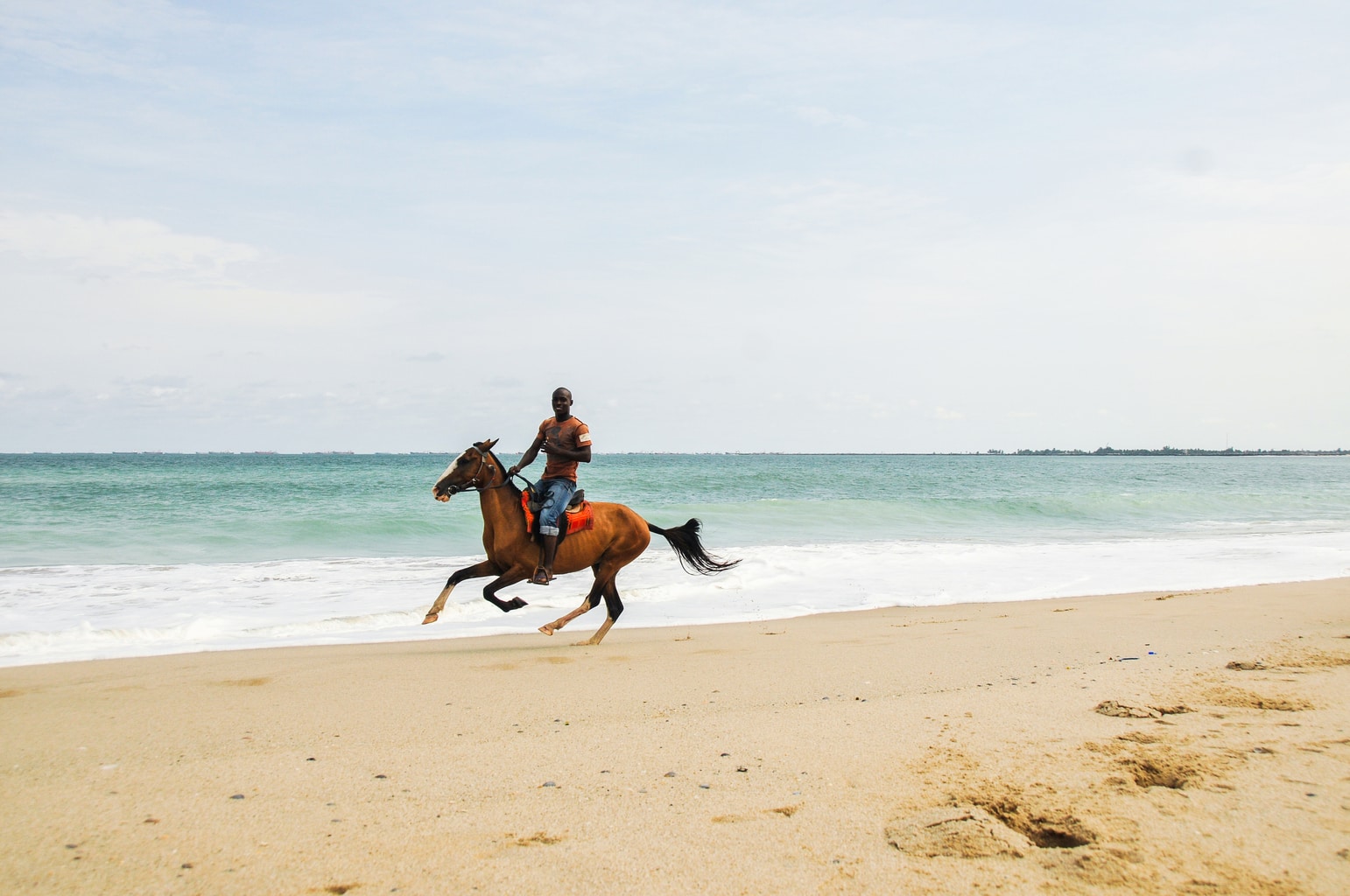
Knowing you were on an oil painter who used photography as a reference, would you be open to sending us an image you shot and a photo of the final painting?
Here is an example that I shot in remote Fiji and the resulting painting. I was there many years ago as a volunteer with an adventure racing expedition called Eco-challenge.
We want to hear the story no one else gets to hear. What do you want people to know about the work you do? What do you want them to take away?
People often lament how difficult it is to approach a stranger and ask to take their photo. It is exponentially easier to set up a tripod and shoot a landscape scene. But the real reason why we’re afraid of photographing people is rejection, and the subsequent shame caused by the rejection.
Rejection causes a momentary shift in power and pushes us into an emotional space where we question ourselves and the decision we made to warrant that rejection. Oftentimes, as photographers, when we are rejected, it’s usually done in public with an audience which brings shame.
The moment you ask someone to invite you into their personal space, the interaction no longer becomes about what you want as a photographer, but rather, what they are willing to share and give you of themselves.
This is what I try to convey in my work, especially the moment of connection and full awareness of each other. The narrative shouldn’t always be what I the photographer wants to show the world, but rather, how my subjects themselves would also like to be portrayed to the world too. As completely and wholly as possible.

Bio
Award-winning Stockholm-based author and photographer Lọlá Ákínmádé Åkerström explores culture through food, tradition, and lifestyle for high profile publications such as National Geographic Traveler, BBC, The Guardian, Lonely Planet, amongst others. As a photographer, she has collaborated with many well-known brands – from Mercedes Benz and Dove to Intrepid Travel and National Geographic Channel. She is the author of two books – award-winning Due North & bestselling LAGOM: Swedish Secret of Living Well. LAGOM is available in 18 foreign language editions around the world. She is the editor-in-chief of Slow Travel Stockholm and founder of NordicTB Collective, which brings together the top professional travel bloggers and digital storytellers from Sweden, Finland, Norway, Denmark and Iceland. She is the 2018 Travel Photographer of the Year Bill Muster Award recipient and was honored with a MIPAD 100 (Most Influential People of African Descent) Award within media and culture. Her photography is represented by National Geographic Image Collection.
You can see more of Lọlá Åkerström’s work by following her on social media (Instagram, Twitter and Facebook) and by checking out her online portfolio.
All images by Lọlá Ákínmádé Åkerström
